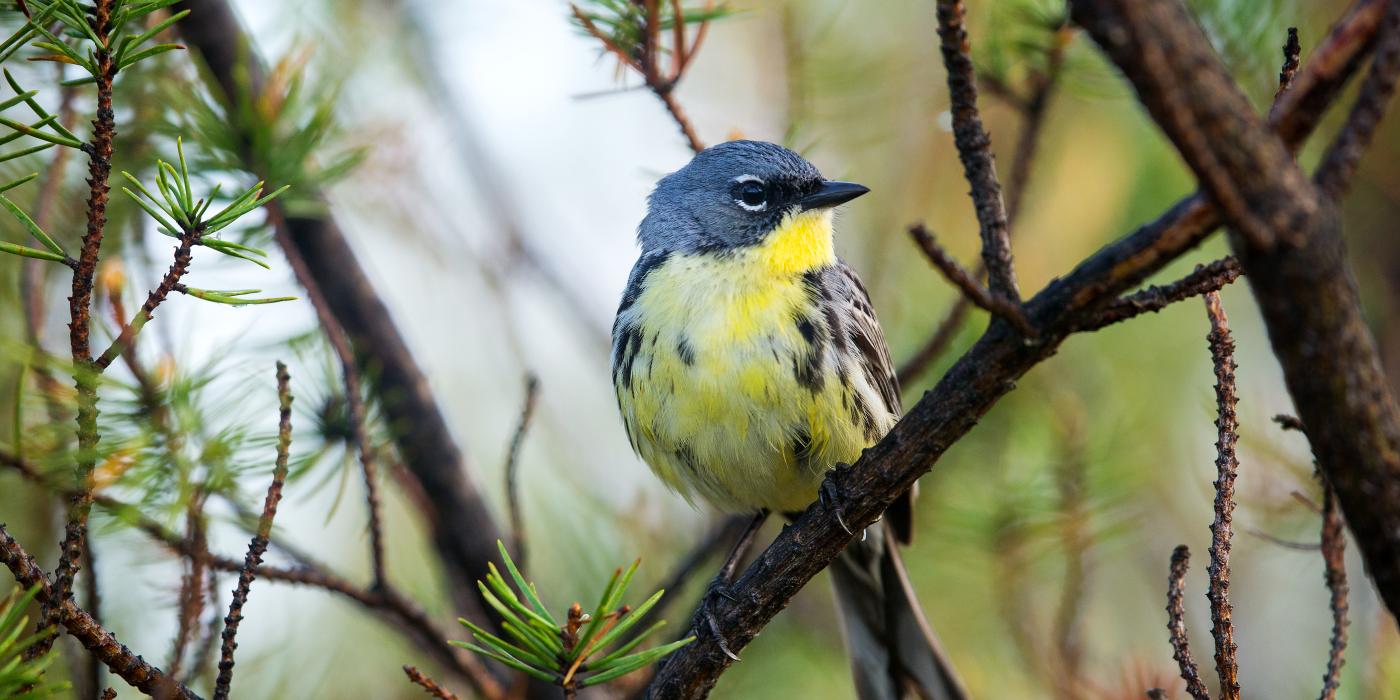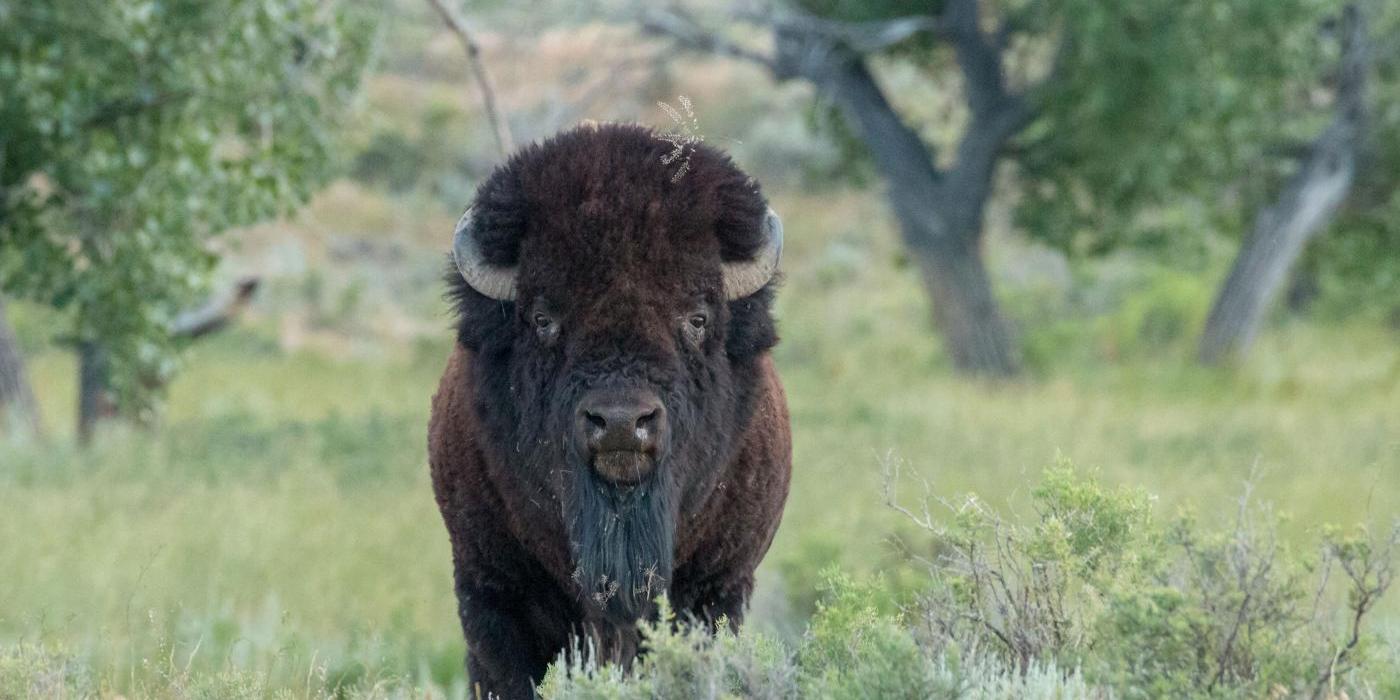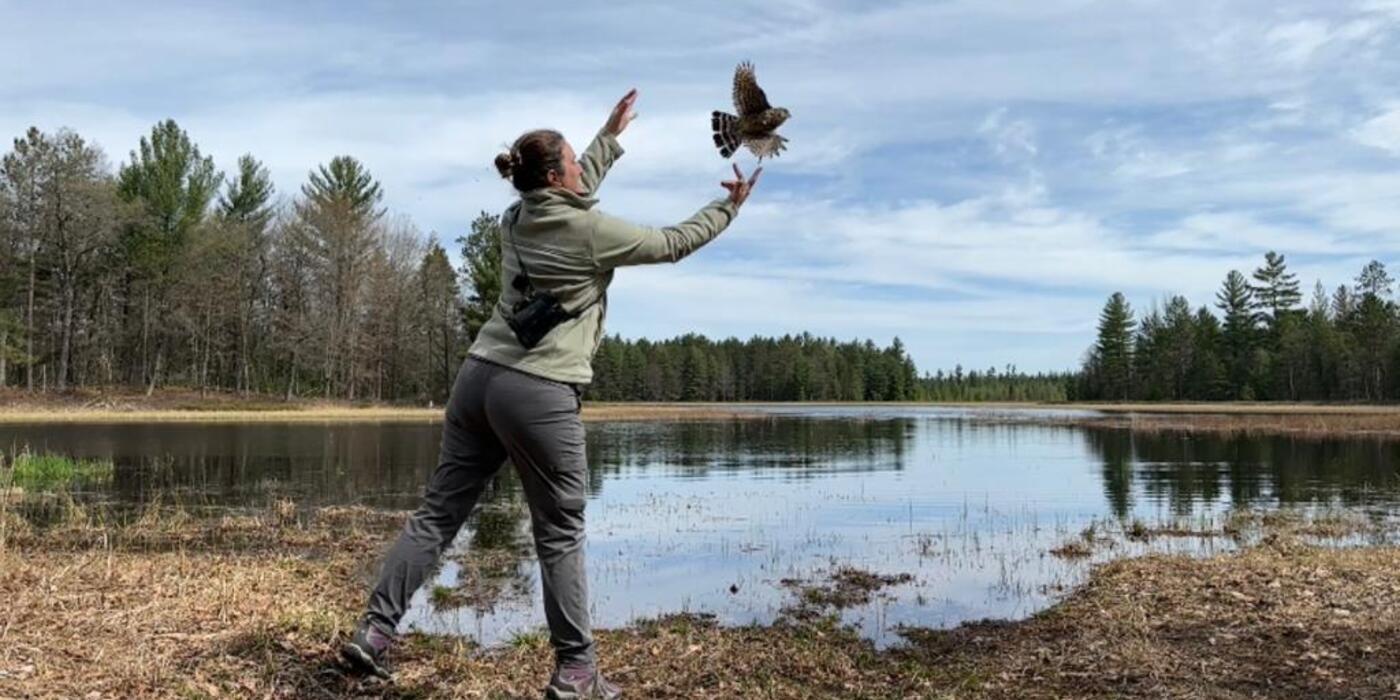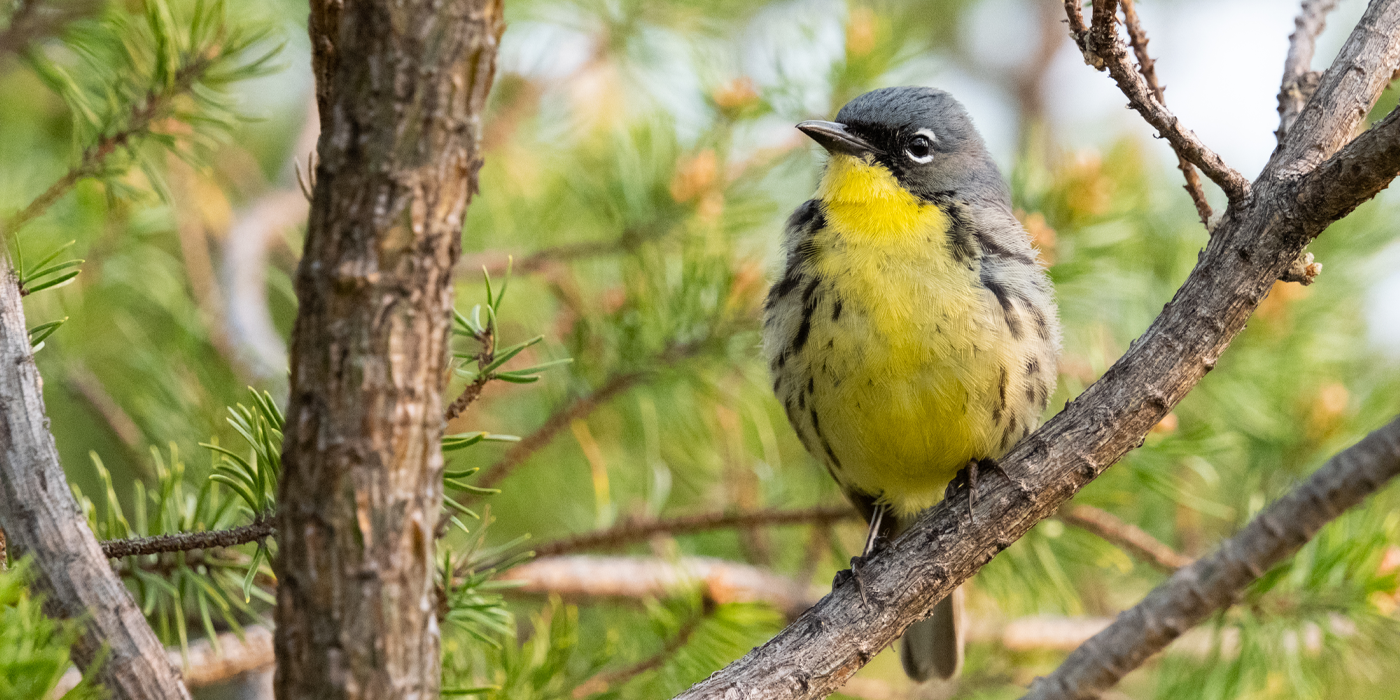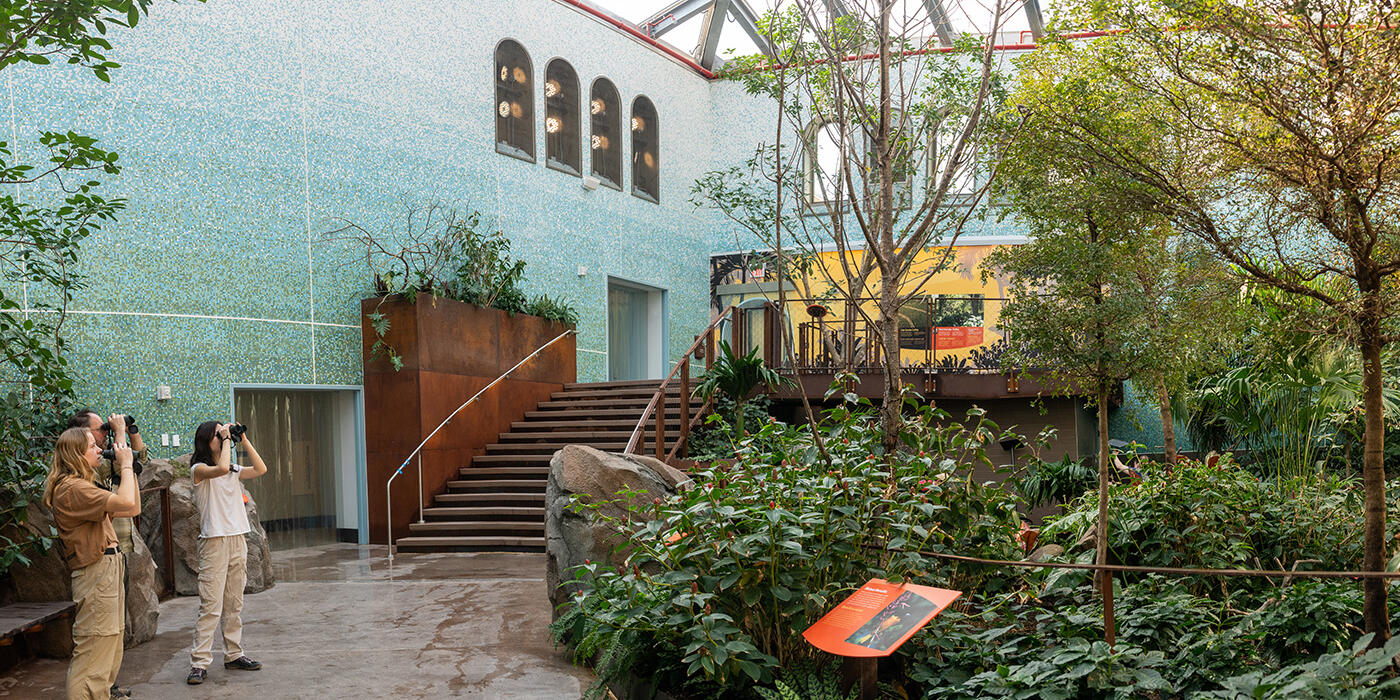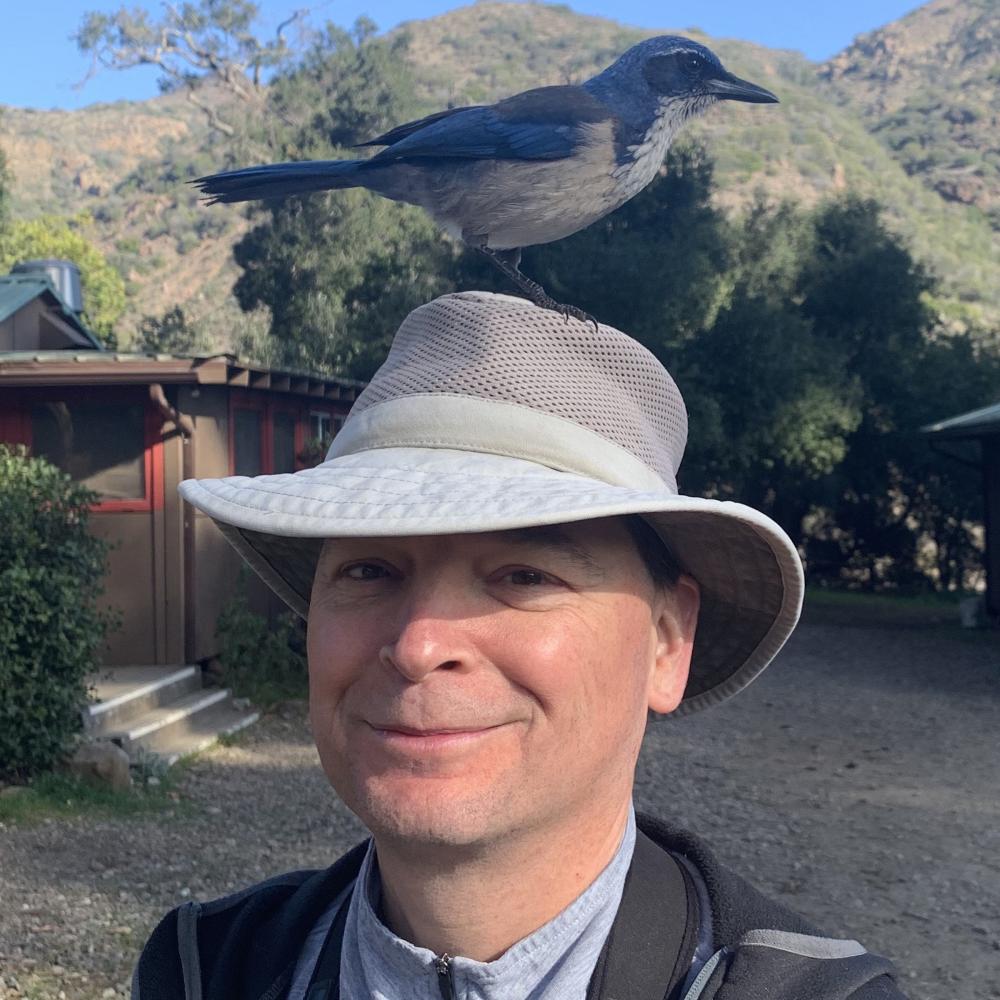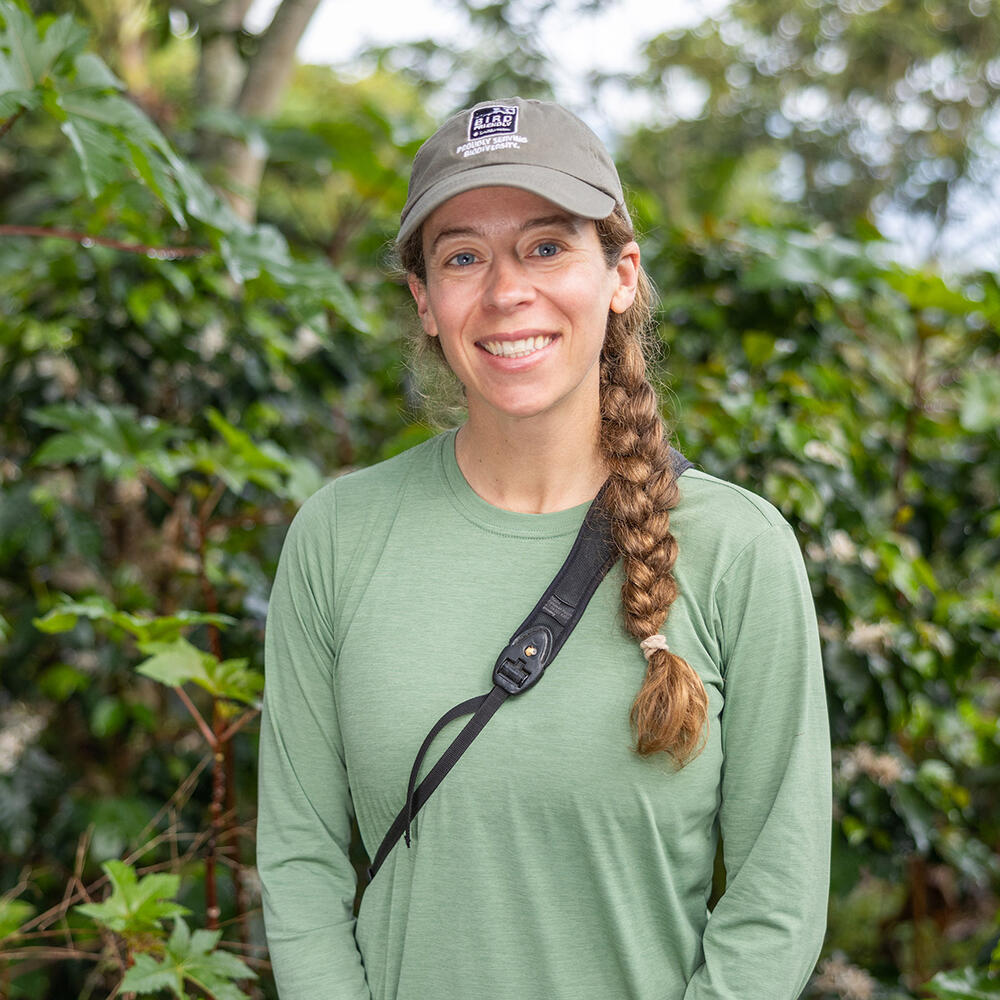Saving Migratory Birds
Every year, billions of birds take extraordinary journeys across the Americas—but their numbers are declining at an alarming rate. Since 1970, the U.S. and Canada have lost almost 3 billion birds—a 29% decline that signals a widespread ecological crisis.
At the Smithsonian’s National Zoo and Conservation Biology Institute, scientists at the Migratory Bird Center are uncovering the causes of these declines and working with partners around the world to protect birds, habitats, and the people who depend on them.
Studying Birds on Their Annual Journeys
From small songbirds to soaring seabirds, we use advanced tracking technology to map the routes, stopover sites, and survival strategies of migratory birds.
By studying birds throughout the entire year, we identify which seasons and habitats are most critical for their reproduction and survival.
With this data, we have a better understanding of how birds know when to migrate and which cues trigger their incredible journeys.
Promoting Bird-Friendly Farming Practices
The Smithsonian’s Bird Friendly® certification protects forests and shade-grown farms that birds depend on in coffee- and cocoa-growing regions.
Our research and extension program helps farmers make better choices that benefit both biodiversity and local livelihoods.
Coffee and chocolate lovers can protect bird habitats and support sustainable farmers by choosing Bird Friendly® certified products.
Safeguarding At-Risk Birds in America's Grasslands
Grasslands are the most endangered ecosystems on Earth. Our team studies how keystone species like bison and prairie dogs shape the habitats for rare and declining birds.
We work with ranchers, farmers, and land managers to balance food production with healthy ecosystems, ensuring people and wildlife thrive together.
Our research guides practical conservation solutions that allow farmers and ranchers to succeed while sustaining biodiversity in the grasslands where they work.
Bringing Birds to the Classroom
Through Bridging the Americas/Unidos por las Aves, we connect elementary school classrooms in the United States and Latin America to nature and other cultures.
We provide teachers with tools and resources for integrating bird conservation into lessons on science, art, geography, and cultural studies.
Students in the United States and Latin America learn how migratory birds connect their communities—and how they can work together to protect them.
Applying the Latest Science to Conservation Action
Migratory birds are nesting earlier in spring and returning to the tropics later in autumn. Our research helps agencies and partners understand how birds will respond to rapid environmental change.
We collate and analyze tracking data contributed from science partners around the world to directly inform on-the-ground management.
Our scientists partner with the agencies charged with managing and protecting wildlife improve the conservation of migratory birds and their habitats.
Inspiring the Public to Protect Birds
At our Bird House exhibit, we invite millions of visitors each year to experience the wonders of migration and discover Smithsonian science in action.
At our conservation campus in Front Royal, Virginia, we are advancing breeding programs for threatened and endangered avian species such as the whooping crane, sihek, and loggerhead shrike.
Through exhibits, programs, and outreach, we empower everyone to take simple steps—like choosing Bird Friendly® coffee or making windows safer to avoid fatal collisions—that make a big difference for birds.
Our Research Centers
From our Zoo in Washington, D.C. to China’s mountain forests, our research centers combine science, education, and conservation to protect giant pandas — and many other endangered species.
Meet Our Scientists
Scott Sillett
Scott Sillett is a research wildlife biologist and head of the Smithsonian Migratory Bird Center. He investigates the ecology and behavior of both migratory and resident bird species.
Autumn-Lynn Harrison
Autumn-Lynn studies the ecology and conservation of ocean and coastal migratory species, and manages multiple collaborative research programs.
Ruth Bennett
Ruth Bennett is the director of the Smithsonian Bird Friendly® program, which works to conserve birds and biodiversity in coffee and cocoa farming landscapes through research, certification, and farmer extension.
Amy Scarpignato
Amy Scarpignato leverages tracking technology and collaborative partnerships to reveal the movements of migratory birds throughout the year and identify where and when they face risks.
Scott Yanco
Scott Yanco studies how changing environments cause bird and other wildlife populations to decline across the globe by tracking movements and behaviors of individual animals.
Nathan Cooper
Nathan studies how birds interact with each other and their environments throughout the annual cycle.
Black-throated blue warbler image courtesy of Nick Rodenhouse.
